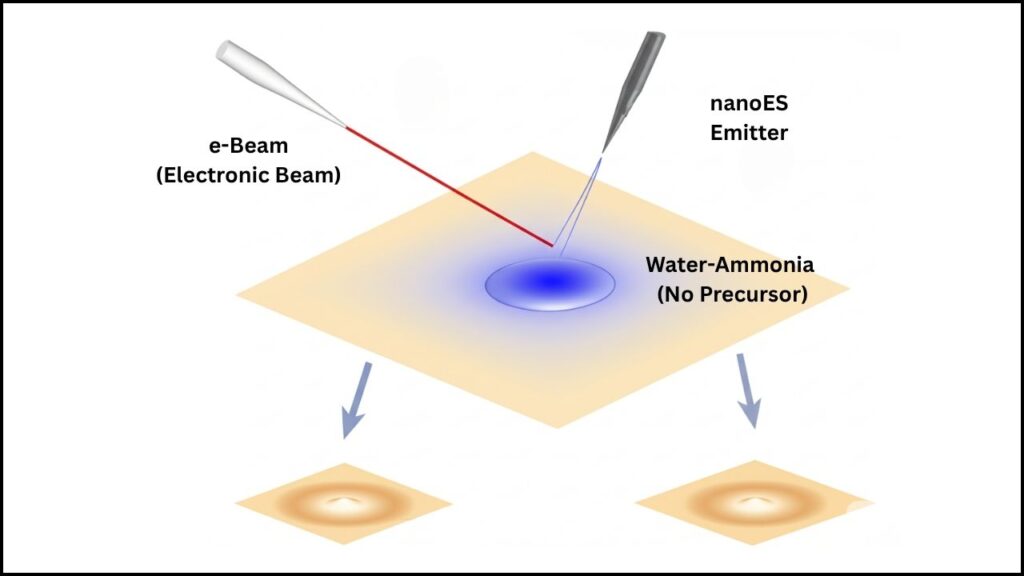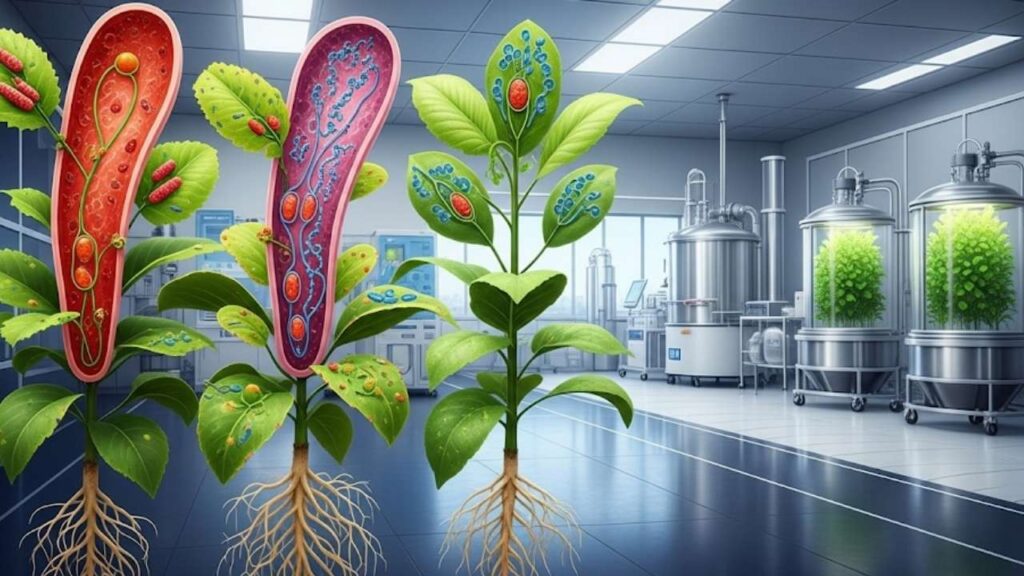In 2025, groundbreaking genetic discoveries are revolutionizing how we understand and treat diseases. From rare inherited disorders to widespread chronic illnesses such as cancer and heart disease, advances in gene therapy and gene editing are opening doors to powerful, life-changing treatments that were unimaginable just a few years ago. With faster diagnostics powered by artificial intelligence (AI) and more effective delivery systems, these therapies are becoming safer, more precise, and increasingly accessible worldwide.
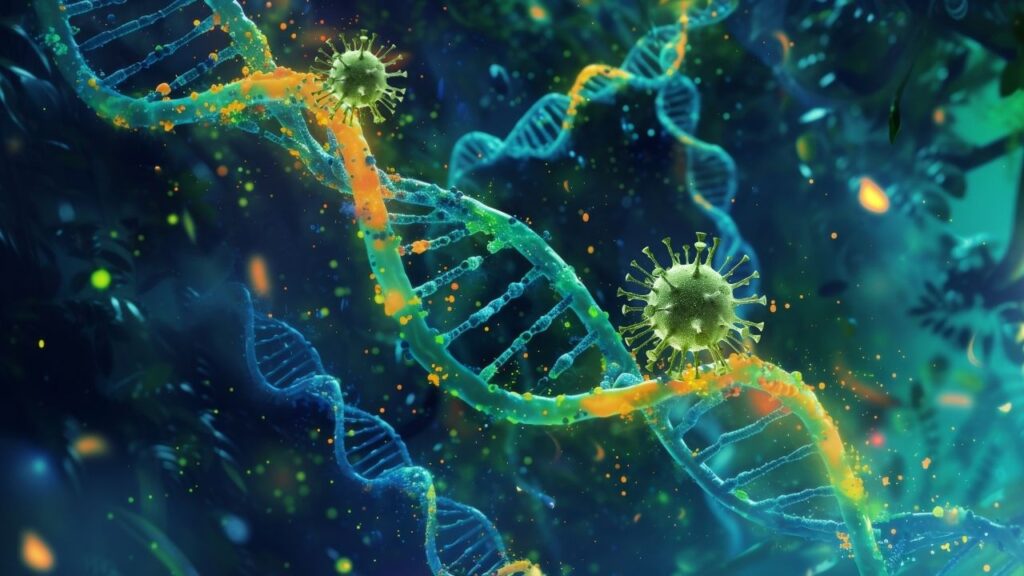
This article unpacks these exciting new developments in genetic medicine in a clear, friendly, yet professional way. Whether you’re a healthcare professional, a patient, or simply curious, you will gain valuable insights and practical knowledge about how these advances work and their impact on healthcare today.
Table of Contents
New Genetic Discovery Could Unlock Powerful Breakthroughs in Disease Treatment
| Topic | Details | Professional Insight |
|---|---|---|
| Gene Therapy | Success in treating sickle cell disease, Fabry disease, inherited blindness, and rare metabolic diseases | Personalized gene therapies are improving patient outcomes dramatically |
| Gene Editing (CRISPR-Cas9) | Precise correction of mutations causing beta-thalassemia, sickle cell anemia, and certain cancers | Enhanced safety and precision expanding treatment possibilities |
| AI & Genomics Integration | Rapid DNA decoding and diagnosis of rare genetic disorders using AI | Shortened diagnostic timelines, improved personalized treatment |
| Delivery Systems | Lipid nanoparticles and focused ultrasound opening new paths to deliver therapies safely to target cells | Innovations permit treatments of previously inaccessible tissues such as the brain |
| Chemical Cellular Rejuvenation | Molecules reversing cellular aging without cancer risks | Complementary to gene therapy with potential in regenerative medicine |
The genetic breakthroughs of 2025 are ushering in a new era of precision medicine, transforming disease treatment and patient care. Innovations in gene therapy, advanced gene editing with CRISPR, AI-powered diagnostics, and cutting-edge delivery systems are delivering cures for rare genetic disorders and making strides in combating cancers and chronic illnesses. These developments offer hope for durable, personalized treatments that improve lives and health outcomes globally.
As research and technology evolve, gene therapies are set to become safer, more effective, and accessible to more people—marking a watershed moment in healthcare’s future.
What Is Gene Therapy and Why Is It Important in 2025?
Gene therapy involves treating diseases at their root cause by repairing, replacing, or modifying damaged or faulty genes within a person’s cells. Instead of just alleviating symptoms, gene therapy targets the DNA blueprint that governs the body’s cellular functions.
In 2025, gene therapy has moved beyond experimental phases to successfully treat conditions that once had no cure. For example:
- Sickle Cell Disease: Using a method called base editing, scientists have corrected the faulty gene responsible for sickle cell anemia. Patients, who once faced painful crises and needed frequent transfusions, now live symptom-free after a single treatment.
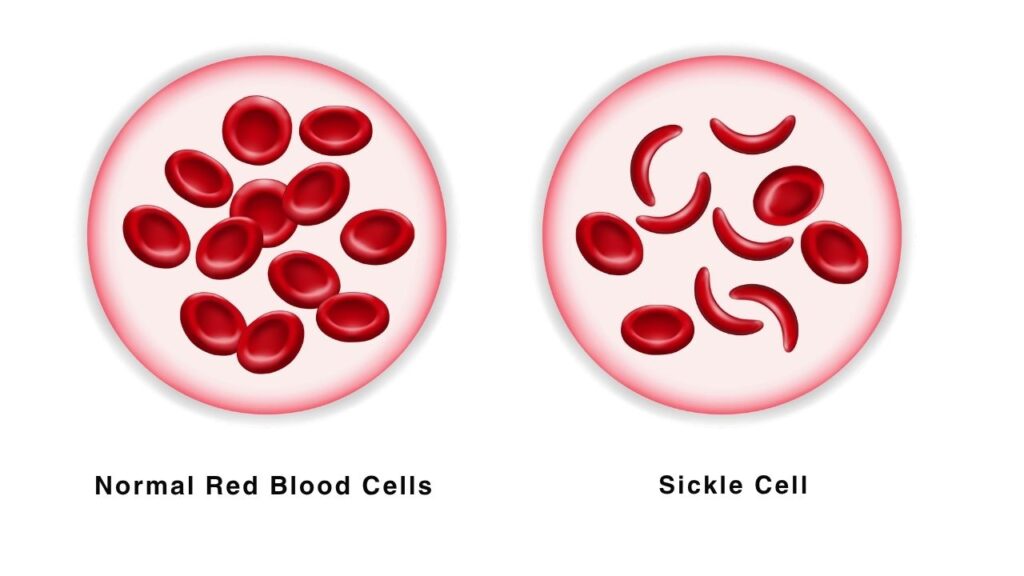
- Fabry Disease: Gene therapy trials using viral vectors have enabled patients with this rare genetic disorder, which affects heart, kidney, and skin function, to discontinue traditional enzyme replacement therapy.
- Inherited Blindness: Gene therapy injections restore partial vision by delivering healthy genes to retinal cells in diseases like Leber congenital amaurosis.
Why this matters: These therapies are transforming previously fatal or debilitating genetic diseases into manageable or even curable conditions, significantly improving patients’ quality of life and lifespan.
How Gene Editing Using CRISPR Is Changing Medicine
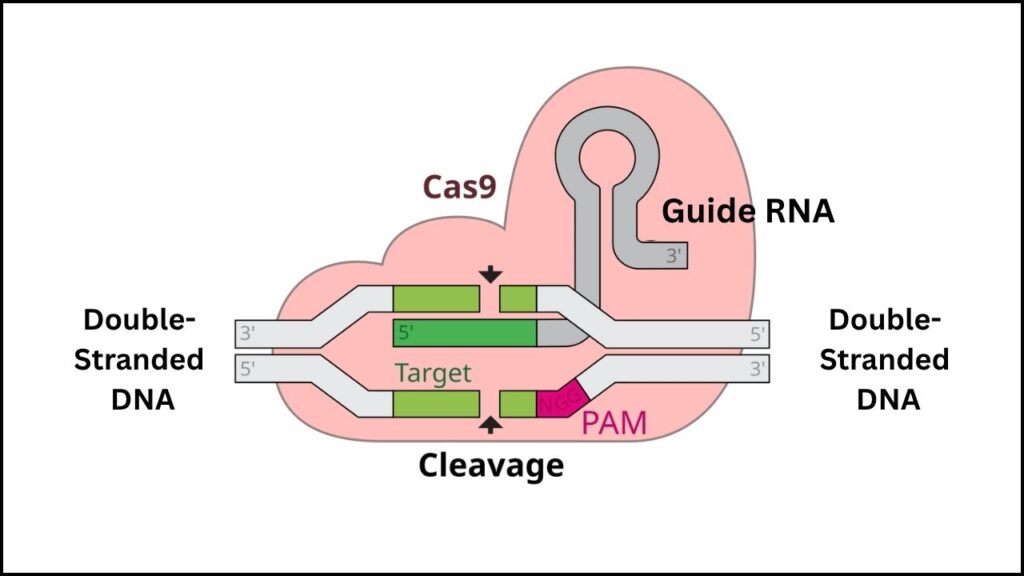
CRISPR-Cas9 is a gene-editing tool often described as “molecular scissors” that cut DNA at precise locations to fix genetic errors. This revolutionary technology is reshaping medicine by enabling scientists to:
- Correct mutations causing diseases like beta-thalassemia and sickle cell anemia.
- Modify immune cells through CAR-T cell therapy to better target aggressive cancers like glioblastoma.
- Develop personalized treatments that edit only affected cells, reducing side effects and improving outcomes.
Advances in CRISPR technology focus on improving accuracy and safety, minimizing unintended genetic changes and immune responses. The latest version, often called CRISPR 3.0, allows simultaneous multi-gene editing with tissue-specific targeting at unprecedented precision.
The Role of Artificial Intelligence in Genetic Medicine
Artificial intelligence is rapidly enhancing genetic research and clinical care by:
- Decoding DNA sequences faster and more accurately.
- Detecting rare and complex genetic disorders that often evade early diagnosis.
- Designing optimized gene-editing strategies using machine learning.
- Personalizing treatment plans based on patients’ unique genetic profiles.
Clinics worldwide use AI to reduce diagnostic times from years to weeks, accelerating treatment decisions and improving outcomes.
Innovative Delivery Systems Making Gene Therapy Safer and More Effective
One of the biggest challenges in gene therapy remains delivering the therapeutic genes safely into the right cells. Cutting-edge delivery technologies helping to overcome this include:
- Lipid Nanoparticles (LNPs): These tiny fat bubbles were pivotal in COVID-19 mRNA vaccines and now ferry gene-editing tools directly into tissues such as the liver and lungs.
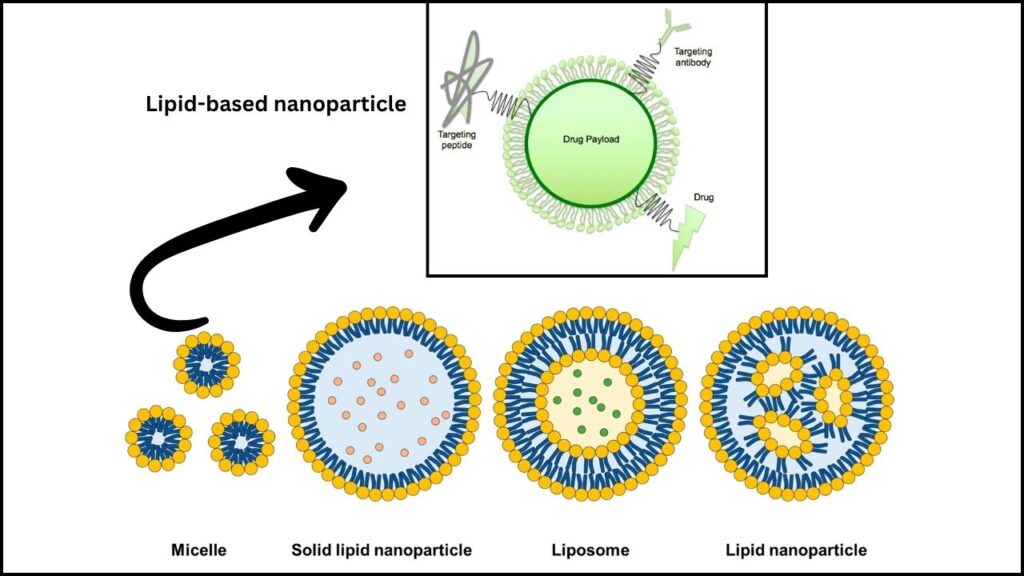
- Focused Ultrasound (FUS): This non-invasive method briefly opens the blood-brain barrier, allowing gene therapies to reach brain cells—a major breakthrough for neurological disorders and brain cancers.
- Viral Vectors: Improved viral delivery systems target specific tissues with higher efficiency and reduced immunogenicity.
These innovations expand gene therapy’s reach, enabling treatment for disorders previously considered untreatable, including common chronic diseases such as heart disease and neurodegeneration.
Emerging Research: Chemical Approaches to Cellular Rejuvenation
In addition to gene therapy, researchers are exploring how certain chemical cocktails can reverse cellular aging by restoring youthful gene expression patterns without triggering cancerous growth. This promising avenue may complement gene therapies by enhancing regenerative medicine approaches for age-related diseases with potentially lower cost and faster implementation.
A Step-by-Step Guide to Understanding and Navigating Gene Therapy
- Understand Your Condition: Learn if your disease is genetic and what gene therapies are currently available or in clinical trials.
- Consult Genetic Specialists: Speak with genetic counselors or medical geneticists who can offer tailored advice and guidance.
- Explore Clinical Trials: Use resources like ClinicalTrials.gov to find ongoing trials you might be eligible for.
- Get Informed About Delivery: Ask how the therapy is administered—via injection, infusion, or inhalation—and what follow-up care you’ll need.
- Know the Risks: While advancing rapidly, gene therapies can carry risks including immune reactions or unexpected side effects that require monitoring.
- Leverage AI Diagnostics: Seek medical centers that use AI tools for faster, accurate genetic diagnosis and tailored treatment plans.
- Build Support Networks: Join patient advocacy groups to connect with others, gain information, and find emotional and logistical support.
New AI Tool Supercharges mRNA Treatments — Hope for Viruses, Cancer, and Genetic Disorders
Genetically Engineered Plants Now Show Higher Efficiency for Sustainable Biofuel Production
LG’s Exaone Path 2.0 Uses AI to Advance Precision in Genetic Testing
FAQs About New Genetic Discovery Could Unlock Powerful Breakthroughs in Disease Treatment
Q1: Are gene therapies permanent cures?
Many gene therapies aim for long-lasting or permanent correction of genetic errors. Some require only one treatment, while others may need repeated or combined approaches depending on the disease.
Q2: Is gene editing safe?
Recent advances have improved CRISPR precision and lowered risks. However, researchers continue close monitoring to understand any long-term effects or off-target changes.
Q3: Who can access these treatments?
Currently, availability varies by country and depends on regulatory approval, healthcare infrastructure, and cost. Efforts are ongoing to make these therapies more accessible worldwide.
Q4: Can gene therapy treat common diseases like diabetes or Alzheimer’s?
Research is underway, and initial results are promising, but more trials are needed before such treatments become routine for common chronic conditions.

